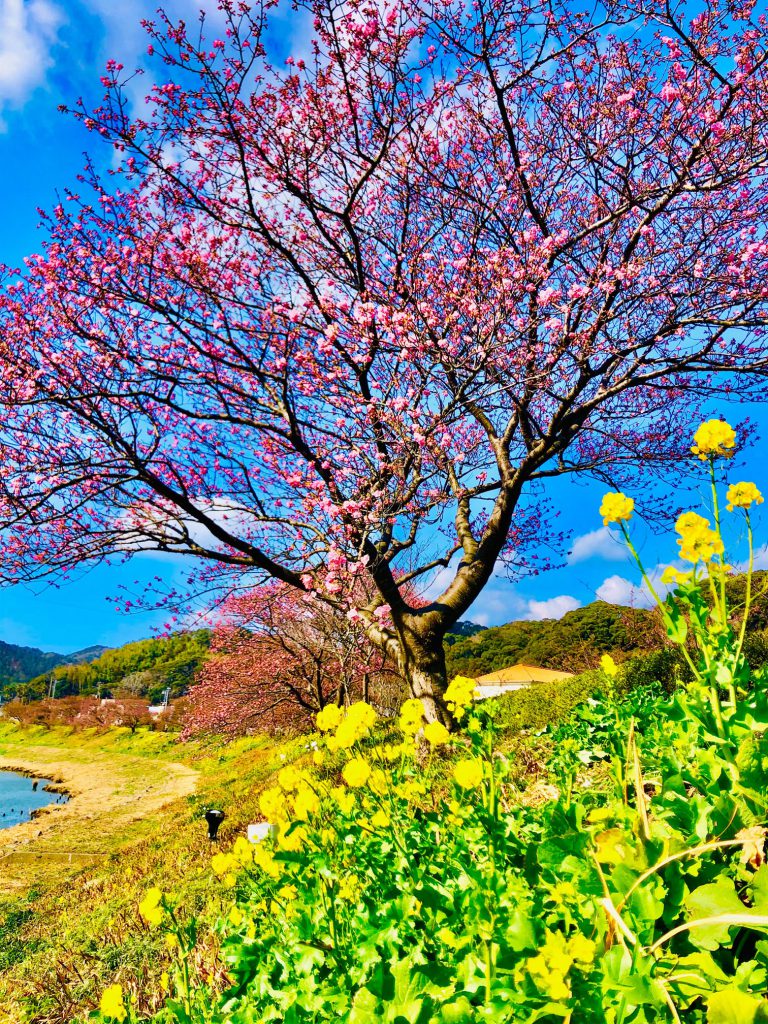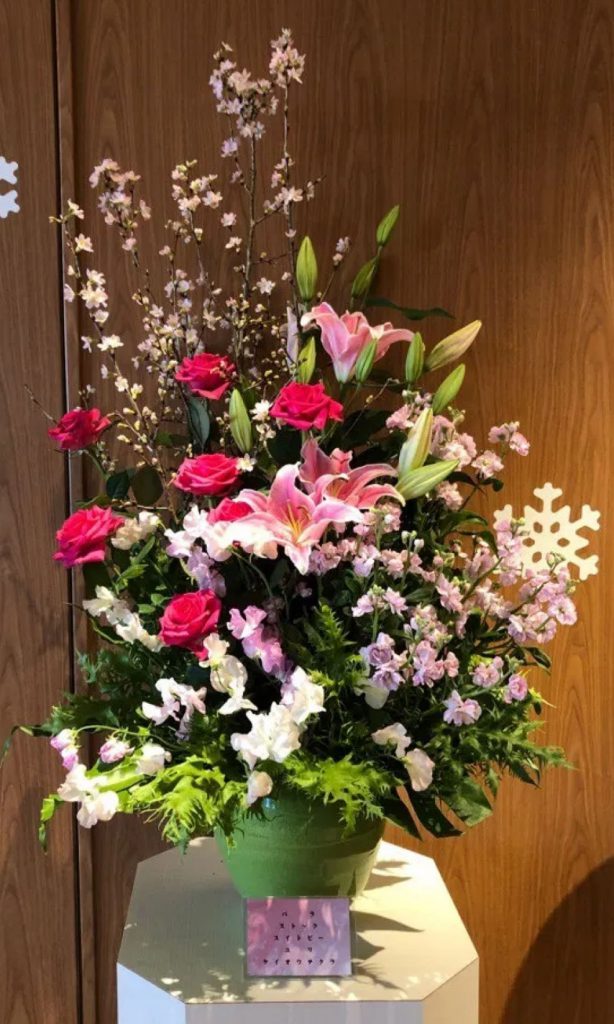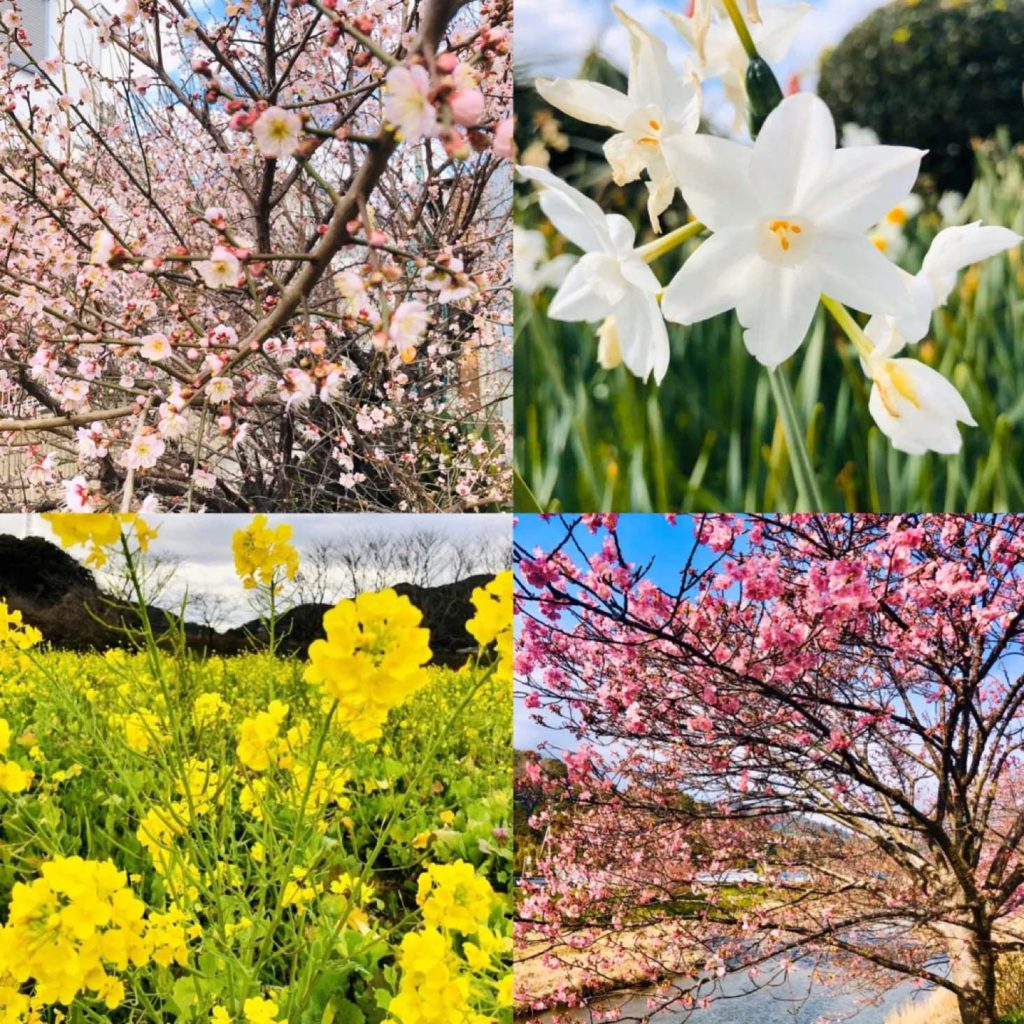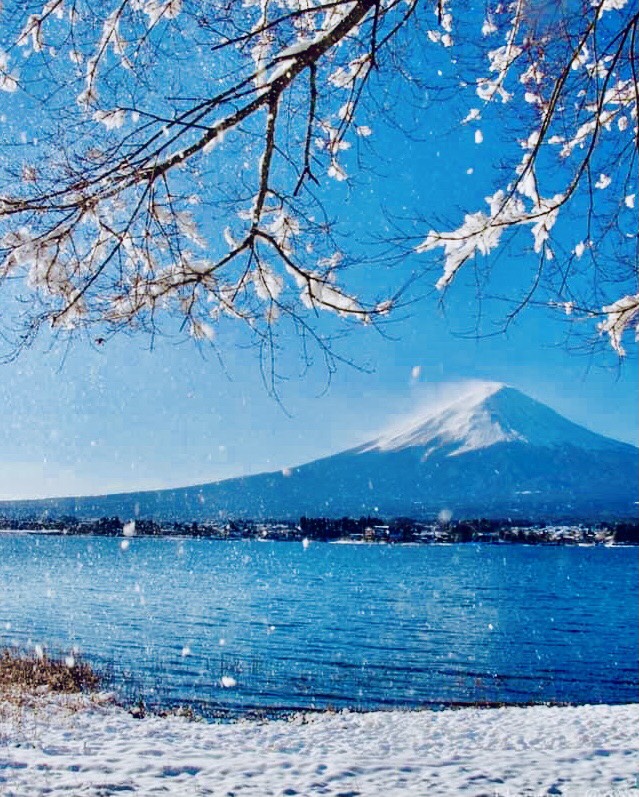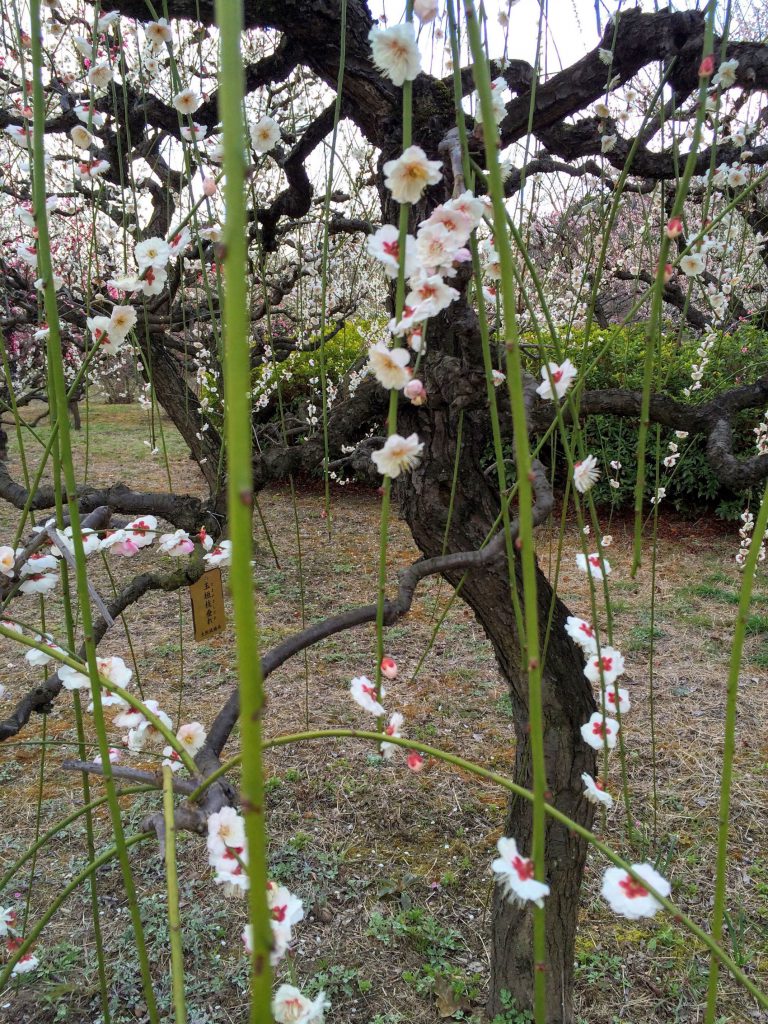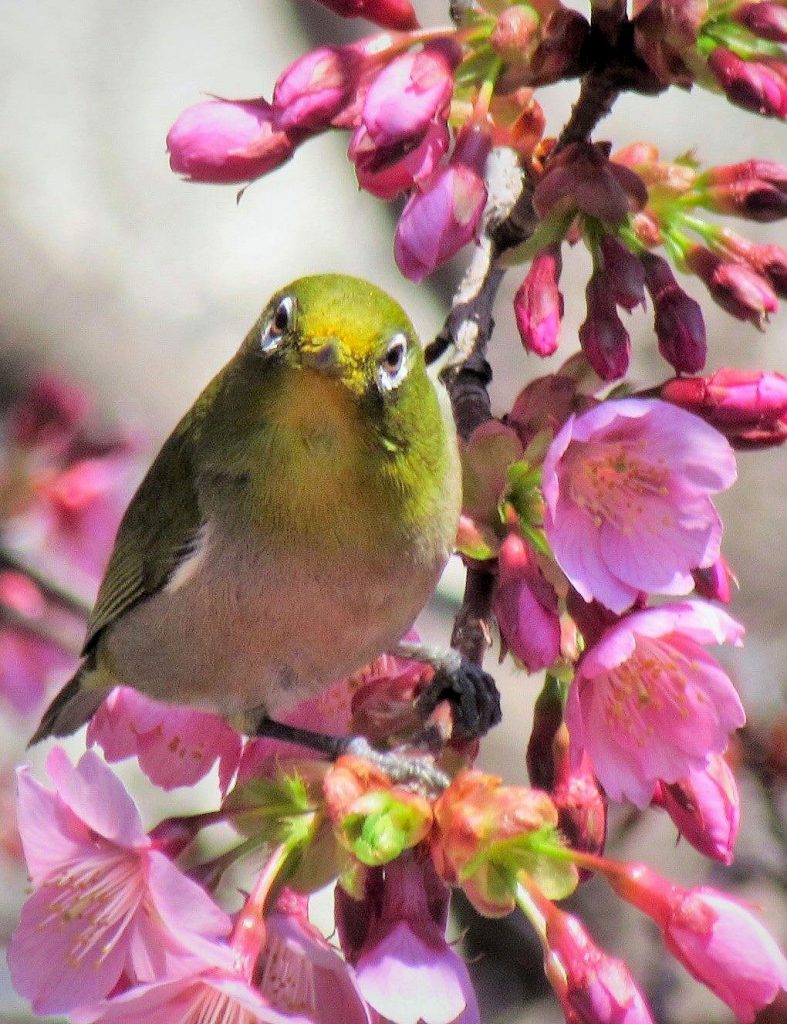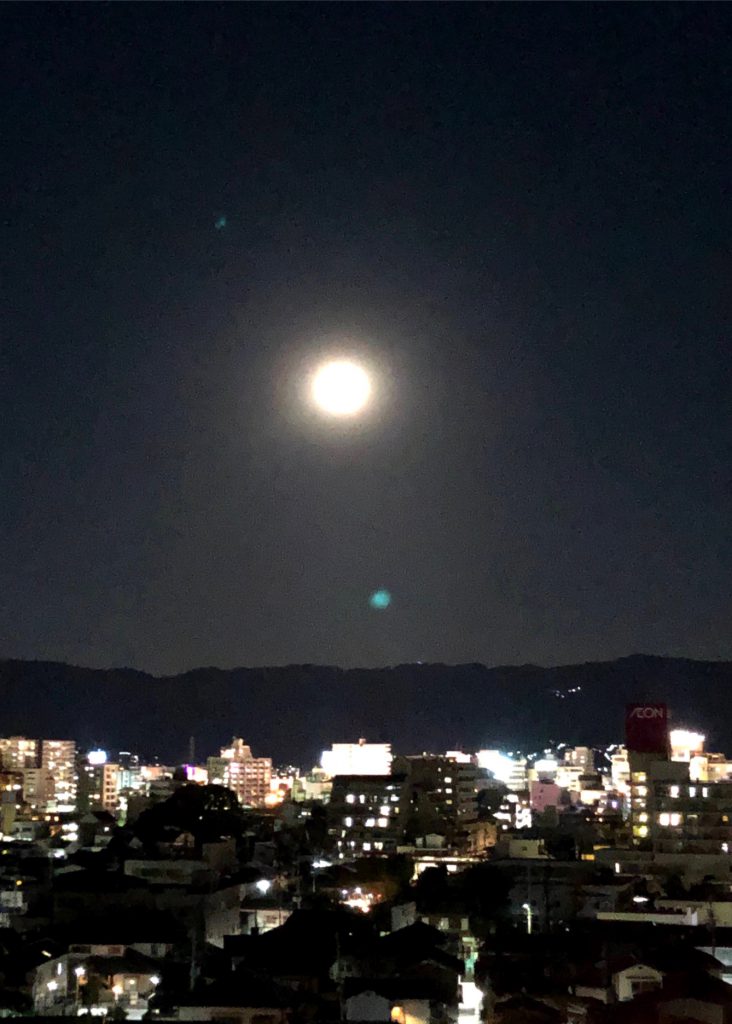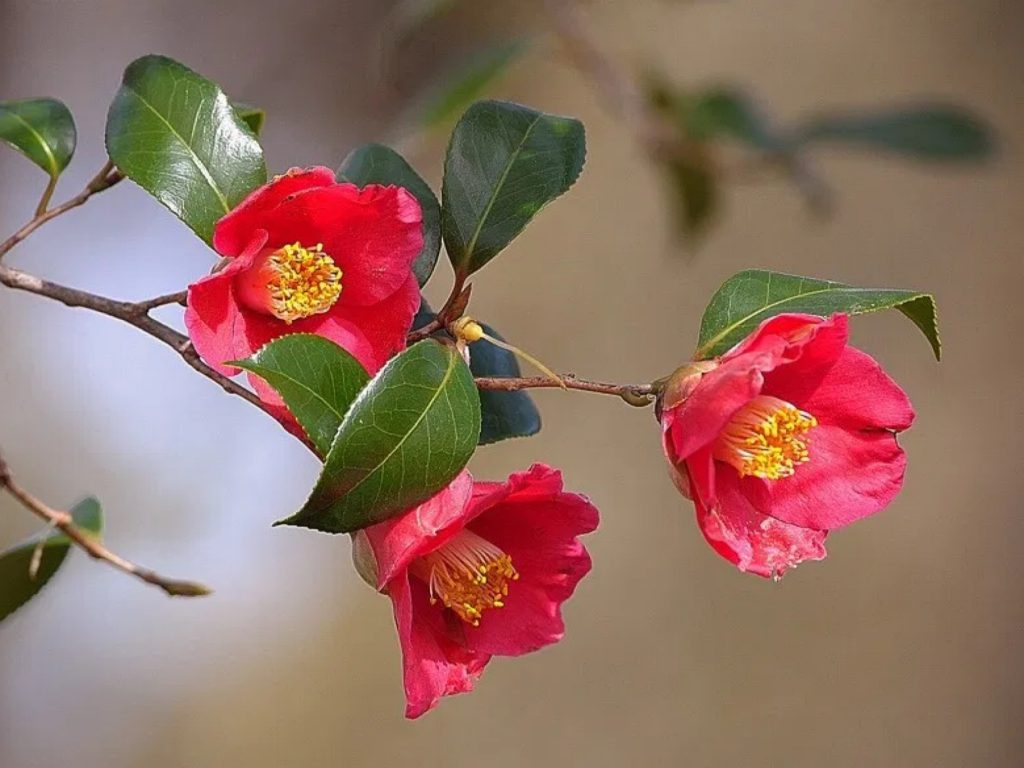
The camellia suddenly falls as a single flower. There is a different view of this as ominous or innocent. The view of ominousness spread in the late Edo period. The Satsuma domain and the Choshu domain, which are trying to defeat the Tokugawa shogunate, have traditionally cherished camellia and loved it. The Shogunate side, who paid attention to it, compared the appearance of a camellia falling with a whole flower to a decapitation, and ridiculed that the camellia was ominous, and spread the view. Even now, there is a remnant that camellia flowers are forbidden when visiting the sick. Somewhere, camellia has been loved by many as a flower that represents winter since ancient times, and it often appears in songs and paintings. In particular, Japanese camellia was introduced to Europe early on because it was beautiful, and was prized by the aristocratic class as Camellia Japonica. Marie Antoinette was one of them. Camellia is a closely related species to Sasanqua, and Kantsubaki(Camellia sasanqua) is a hybrid of it.
椿は突然花丸ごと落ちます。これを不吉とみるか潔しとみるか、見方が異なります。不吉と言う見方は江戸時代末期に広がりました。倒幕派の薩摩、長州は伝統的に椿を大切にし、愛玩する風習があります。そこに目を付けた幕府が、椿が花丸ごと落ちる様を斬首に擬え、椿は不吉と揶揄し、そう言う見方を広めました。今でも、病人のお見舞いに椿は禁物と言う名残りがあるほどです。それどこか、椿は万葉の昔から冬を代表する花として多くの人々に愛され、歌や絵画にもしばしば登場します。特に日本の椿は美しいと言うことで早くからヨーロッパに移入され、カメリア・ジャポニカとして貴族階級には珍重され、マリー・アントワネットもその一人でした。椿は山茶花とは近縁種で、寒椿(カメリア・サザンカ)などはその交配種です。ちなみに、藪椿はカメリア・ジャポニカのことです。

